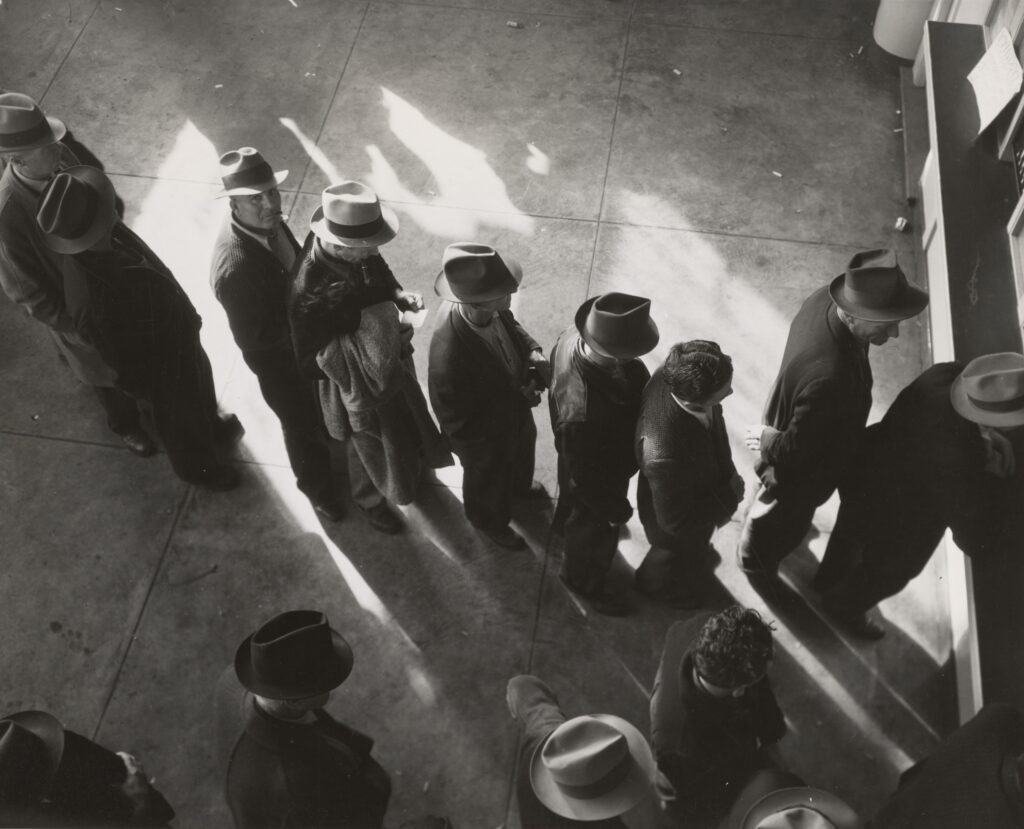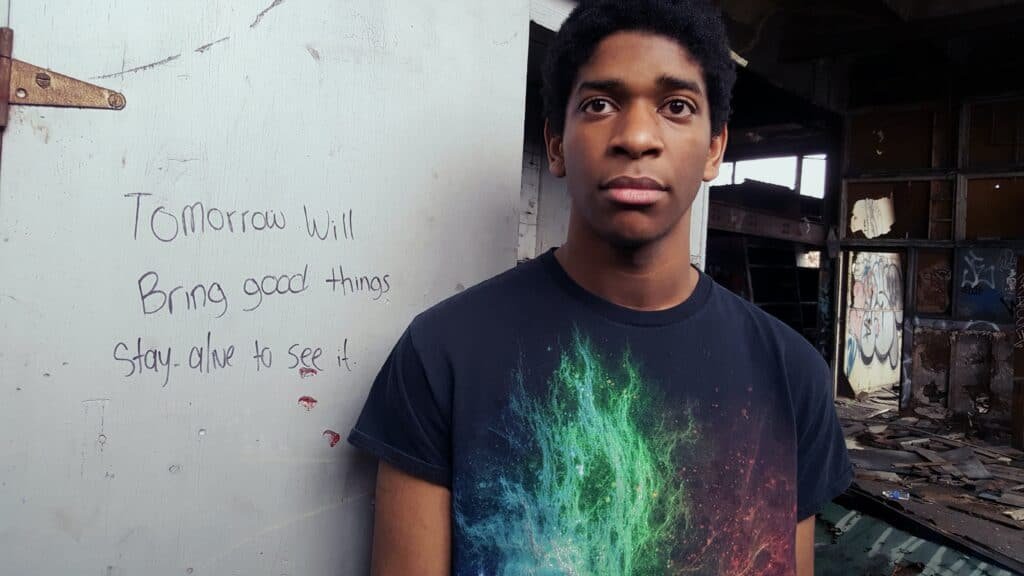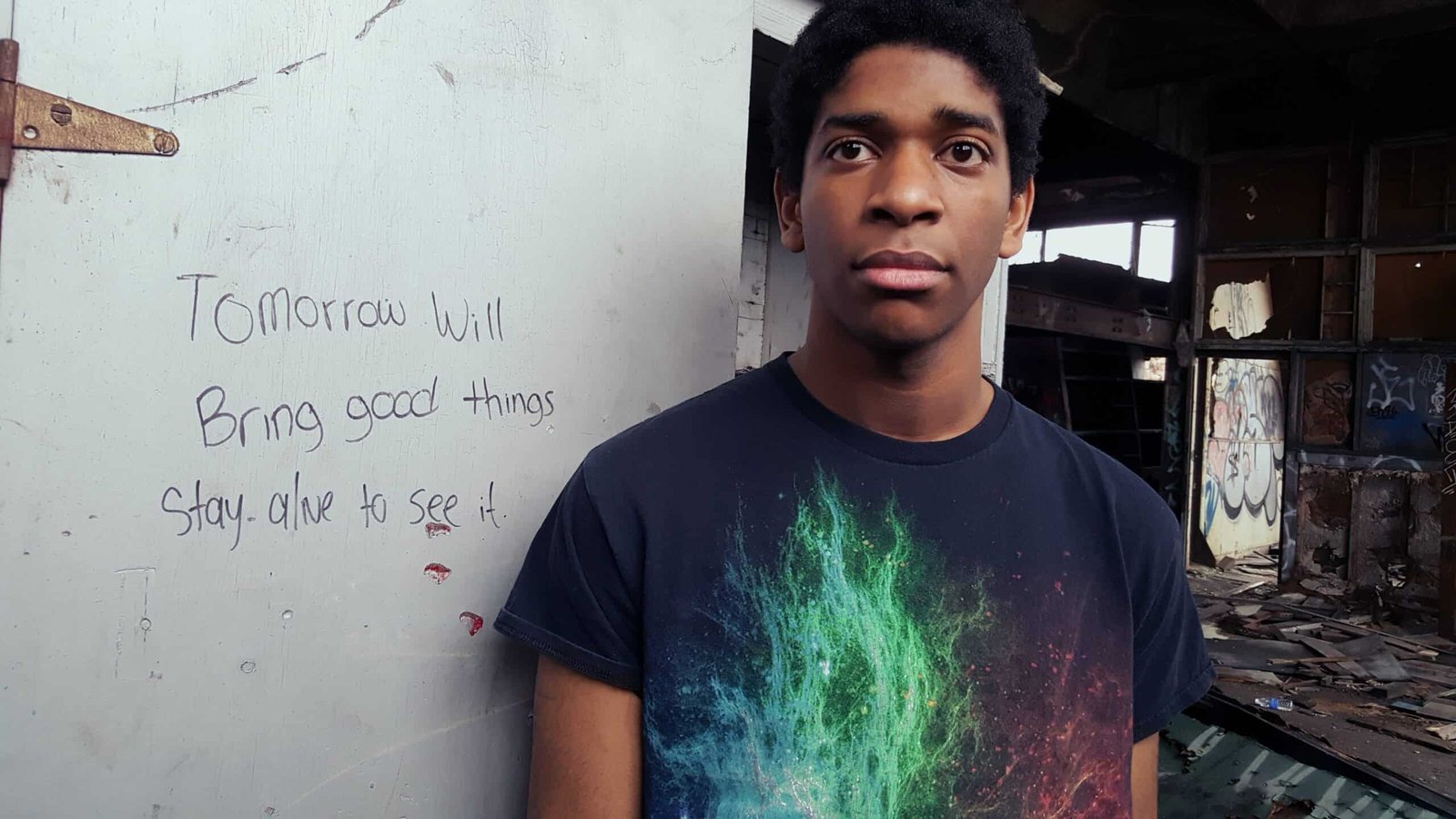The widening unemployment gap between Black and white New Yorkers has become a pressing issue that threatens the city’s recovery and exacerbates income inequality. The highest rate of unemployment among Black New Yorkers stands at 12.2%, while the lowest rate among white New Yorkers is at 1.3%. This gap, the widest seen this century, surpasses even the gap observed during the Great Recession. Racial disparities in joblessness can be attributed to a variety of factors, including differences in job types, employment process racism, and historical discriminatory policies. Additionally, the pandemic’s impact on job losses disproportionately affected Latino workers, while industries such as tech and finance, which added jobs, tended to benefit white and Asian job seekers. Despite efforts to spur job growth, city and state policies have not adequately addressed the needs of the hardest-hit communities. Furthermore, younger people, especially young Black men, and those with prior criminal convictions face significant challenges in their job search. The growing unemployment gap serves as a stark reminder of the ongoing challenges of racial discrimination in employment.
Find out the Best Money Saving Products
Factors Contributing to the Unemployment Gap
Differences in job types
One of the factors contributing to the unemployment gap between Black and white New Yorkers is the differences in job types. Black individuals often face limited opportunities and are more likely to be employed in industries that were hit hardest by the pandemic, such as retail, hospitality, and service sectors. These industries experienced significant job losses during the economic downturn. On the other hand, white individuals are more likely to be employed in industries that were able to transition to remote work or were less affected by the pandemic, such as professional services and finance.
Employment process racism
Employment process racism is another significant factor that contributes to the unemployment gap. It refers to the discriminatory practices and biases in the hiring and promotion processes that disadvantage Black individuals. Studies have shown that Black job applicants are often subjected to unconscious biases during the application and interview stages, leading to fewer employment opportunities. These biases can manifest in various forms, including racial stereotypes, biased evaluation criteria, and unequal access to networks and opportunities. Such discriminatory practices make it more challenging for Black individuals to secure employment and contribute to the widening unemployment gap.
Historical discriminatory policies
Historical discriminatory policies also play a role in the unemployment gap. Decades of systemic racism and discriminatory policies, such as redlining, segregation, and unequal access to quality education and healthcare, have had a long-lasting impact on employment outcomes for Black individuals. These policies have created unequal opportunities and limited access to resources and social mobility. As a result, Black individuals often face structural barriers that impede their ability to find and retain employment, leading to higher rates of unemployment compared to their white counterparts.
Disproportionate Impact of the Pandemic
Effects on Latino workers
The COVID-19 pandemic has had a disproportionate impact on Latino workers, further widening the unemployment gap. Latino individuals are overrepresented in industries such as construction, agriculture, and manufacturing, which were heavily affected by job losses and economic downturn as a result of the pandemic. Many of these industries required physical presence and were not well-equipped for remote work, leading to widespread layoffs and unemployment among Latino workers. Additionally, Latino workers often face language barriers and limited access to healthcare and social safety nets, exacerbating their vulnerabilities during times of economic hardship.
Job growth in tech and finance industries
While many industries suffered from significant job losses during the pandemic, the tech and finance sectors experienced job growth. However, this job growth predominantly benefited white and Asian job seekers, contributing to the widening unemployment gap between Black and white New Yorkers. These industries have historically had limited diversity and inclusion efforts, perpetuating the underrepresentation of Black individuals in these high-skill and high-paying jobs. The lack of access to opportunities in these sectors further compounds the challenges faced by Black individuals in finding employment and closing the unemployment gap.

Find out the Best Money Saving Products
Threats to City’s Recovery and Income Inequality
Impact on the city’s recovery
The widening unemployment gap poses a significant threat to the city’s economic recovery. High levels of unemployment not only have immediate economic consequences but also hinder long-term growth and stability. The loss of income and purchasing power among unemployed individuals reduces consumer spending, leading to a decline in demand for goods and services. This, in turn, negatively impacts businesses, resulting in further layoffs and economic setbacks. Additionally, prolonged unemployment can create a cycle of poverty and social challenges, straining public resources and services. The city’s ability to recover and thrive is heavily dependent on reducing the unemployment gap and ensuring equitable access to employment opportunities for all residents.
Exacerbation of income inequality
The unemployment gap also exacerbates income inequality within the city. With Black New Yorkers experiencing higher rates of unemployment compared to their white counterparts, the existing wealth gap is further widened. Income inequality has far-reaching consequences, contributing to disparities in education, healthcare access, housing, and overall quality of life. It perpetuates cycles of poverty and limits social mobility, making it harder for individuals and communities to break free from the grip of systemic disadvantages. Addressing the unemployment gap is crucial in reducing income inequality and creating a more equitable society.
Inadequacy of Job Growth Policies
City policies
City policies aimed at spurring job growth have thus far been inadequate in addressing the unemployment gap. While the city has implemented various initiatives and programs to promote employment, the disparities in joblessness persist. One of the challenges faced by these policies is the lack of focus on targeted support for the hardest-hit communities. To effectively address the unemployment gap, city policies need to prioritize equitable access to employment opportunities for communities that have historically faced systemic disadvantages. This may include targeted funding for job training programs, support for minority-owned businesses, and efforts to diversify industries with high growth potential.
State policies
State policies also play a crucial role in addressing the unemployment gap and promoting job growth. However, similar to city policies, state-level initiatives have not adequately addressed the challenges faced by the most vulnerable communities. State governments should prioritize equitable distribution of resources and opportunities, ensuring that underserved communities have access to quality education, healthcare, and job training programs. Additionally, state policies should encourage diversity and inclusion in all sectors, including the tech and finance industries, by implementing measures such as affirmative action and transparent reporting of diversity data.

Challenges Faced by Specific Groups
Younger people
Younger people, particularly those entering the job market for the first time, face unique challenges in finding employment. Limited work experience, lack of professional networks, and the increasing demand for higher education credentials contribute to higher levels of unemployment among young individuals. The COVID-19 pandemic further exacerbated these challenges, with many entry-level positions being eliminated or put on hold due to economic uncertainties. To address the unemployment gap for younger individuals, targeted support in the form of internships, apprenticeships, and vocational training programs can provide valuable skills and networking opportunities, enhancing their employability and bridging the gap between education and employment.
Young Black men
Within the group of younger people, young Black men face even greater difficulties in their job search. They often encounter higher levels of discrimination and bias during the hiring process, leading to lower callback rates and fewer job opportunities. The perception of Black men as potentially threatening or less competent compared to their white counterparts perpetuates these biases. To address the specific challenges faced by young Black men, employers and policymakers must implement diversity and inclusion initiatives, remove unconscious biases from the hiring process, and provide mentorship and training programs tailored to their needs.
Individuals with prior criminal convictions
Another group that faces significant challenges in finding employment is individuals with prior criminal convictions. These individuals often encounter barriers such as bias, lack of job skills, limited social networks, and restrictions on occupational licensing. The stigma associated with a criminal record creates significant obstacles in securing employment, perpetuating cycles of unemployment and potential recidivism. To address the unemployment gap for individuals with prior criminal convictions, policies need to be reformed to promote fair chance hiring practices, provide job training and skills development programs within correctional facilities, and expand access to educational and vocational resources upon release. Such initiatives can help break the cycle of unemployment and reduce disparities in employment outcomes.
Highlighting the Ongoing Challenges of Racial Discrimination
The growing unemployment gap between Black and white New Yorkers is a stark reminder of the ongoing challenges of racial discrimination in employment. It highlights the systemic barriers and biases that limit access to equal opportunities and fair treatment. Addressing racial discrimination requires a multi-faceted approach that involves both individual and systemic changes. Employers must actively work to eliminate biases from their hiring and promotion processes, diversify their workforce, and provide equitable access to advancement opportunities. Furthermore, policymakers must enact and enforce anti-discrimination laws, invest in educational and vocational resources for marginalized communities, and dismantle systemic barriers through inclusive policies and initiatives.

Conclusion
The widening unemployment gap between Black and white New Yorkers is a pressing issue that demands immediate attention and action. Factors contributing to this gap, such as differences in job types, employment process racism, and historical discriminatory policies, must be addressed to create more equitable employment opportunities. The disproportionate impact of the pandemic on Latino workers and the uneven job growth in tech and finance industries further exacerbate the unemployment gap. The threats posed to the city’s recovery and the exacerbation of income inequality underscore the urgency of addressing the issue. Inadequate job growth policies at the city and state levels have not effectively targeted the hardest-hit communities. Moreover, specific groups such as younger people, young Black men, and individuals with prior criminal convictions face unique challenges in finding employment. Highlighting the ongoing challenges of racial discrimination is crucial in sparking meaningful change and creating a more equitable society. By addressing these challenges and implementing comprehensive solutions, New York City can work towards closing the unemployment gap and fostering a more inclusive and prosperous future for all its residents.
Find out the Best Money Saving Products
Source: https://www.nytimes.com/2023/04/28/jobs/black-unemployment-rate-nyc.html










